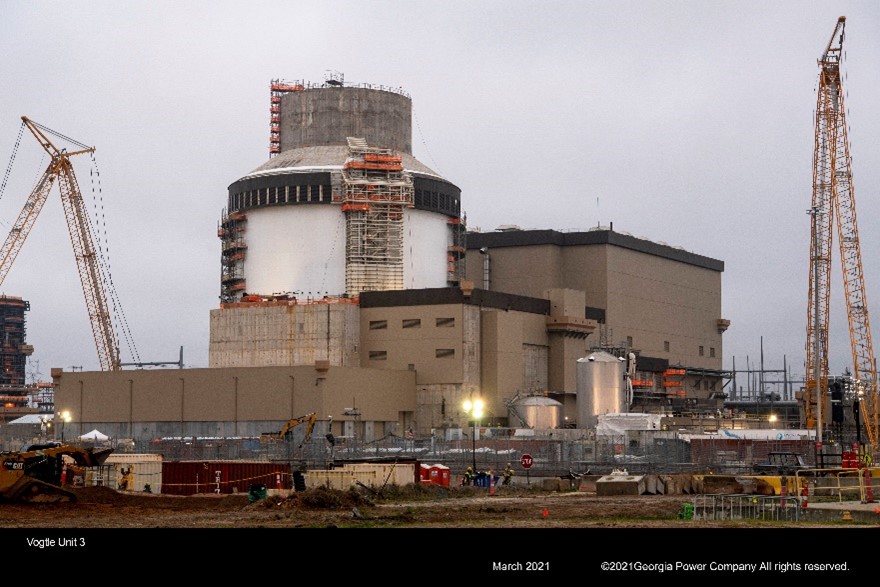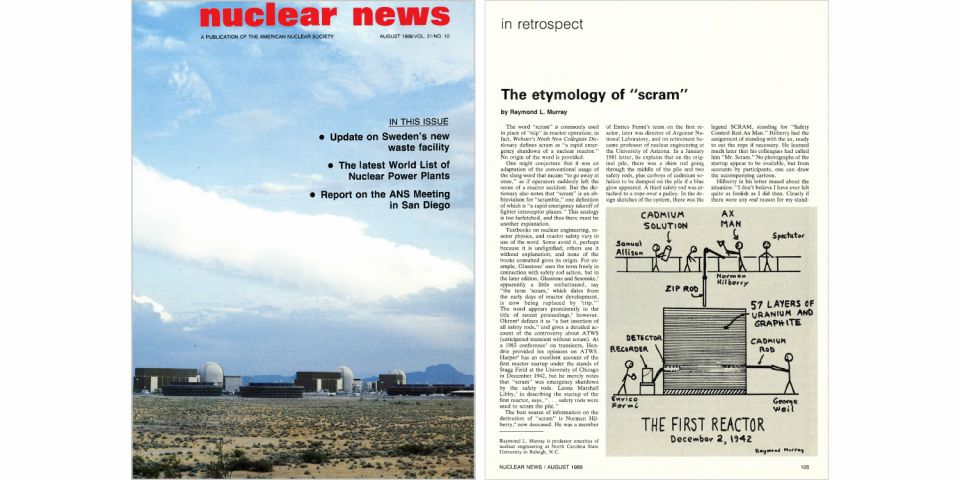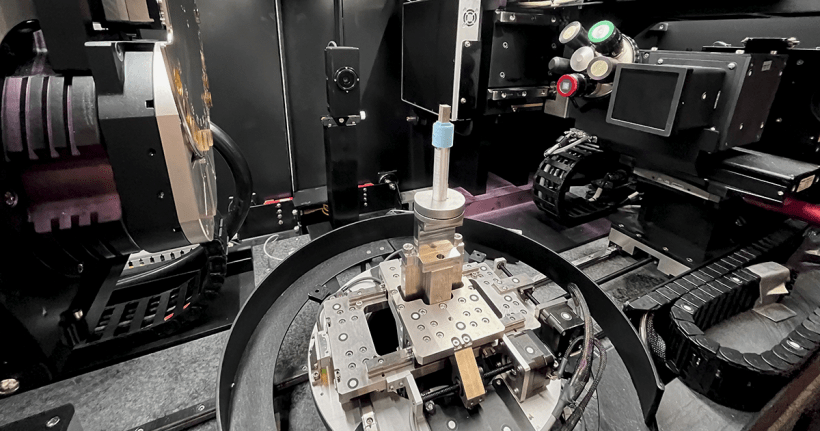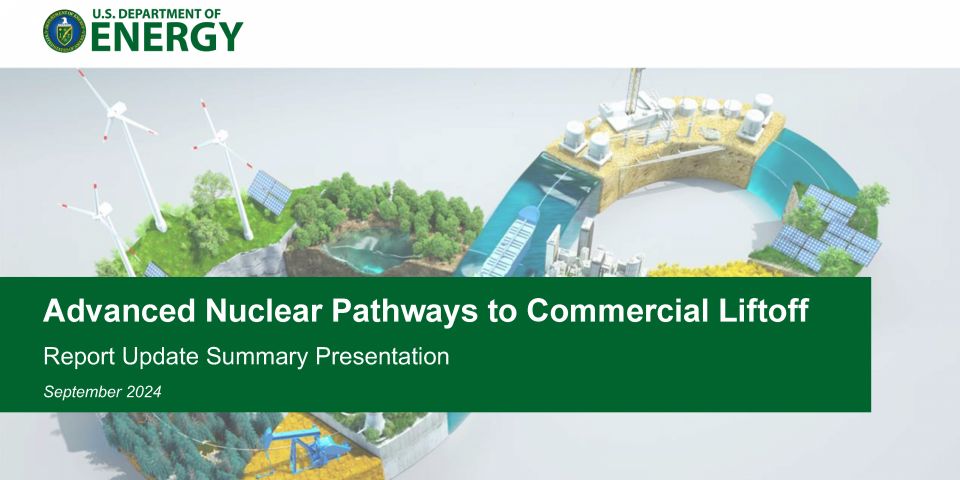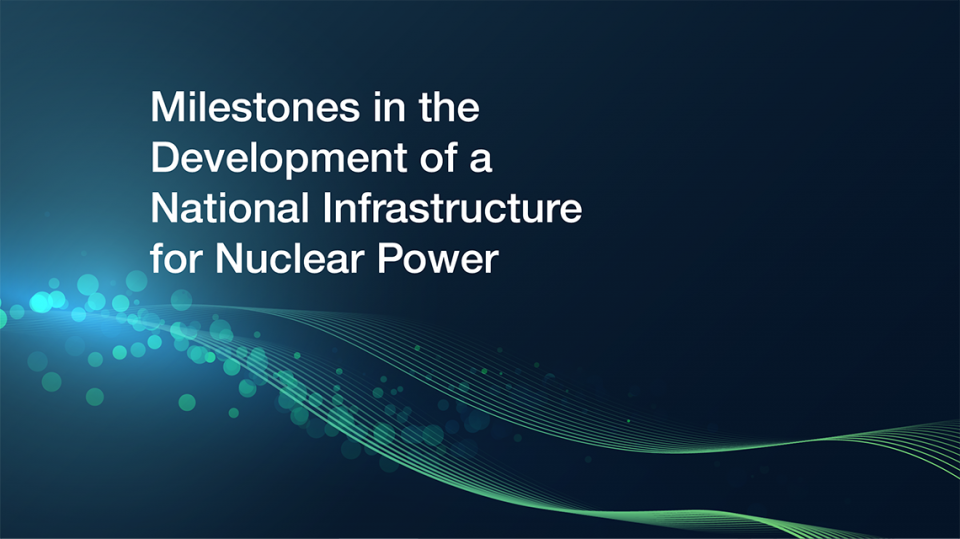Unit 3 of the Vogtle plant under construction (Photo: Georgia Power)
To reach President Biden’s goal of cutting U.S. carbon emissions in half by 2030 and to have a net-zero carbon economy by 2050, some environmentalists are reconsidering their opposition to nuclear energy’s role as a climate crisis solution. According to the article, The controversial future of nuclear power in the U.S., from National Geographic, nuclear power has a lot going for it. Its carbon footprint is equivalent to wind, less than solar, and orders of magnitude less than coal. Nuclear power plants take up far less space on the landscape than solar or wind farms, and they produce power even at night or on calm days.
Facing hurdles: An expansion of nuclear power faces some serious hurdles, the articles notes. The perennial concerns about safety and long-lived radioactive waste may not be the biggest: Critics also say nuclear reactors are simply too expensive and take too long to build to be of much help with the climate crisis.
Keeping plants open: Existing nuclear plants are another story, according to the article. The benefit of keeping them online for now is more widely accepted. Because they’re already built, these reactors are essentially sunk costs, and since most have been online for decades, they’ve already depreciated.
Shutting down plants? Closing current reactors creates another set of problems, the article states. For example, when the San Onofre nuclear power plant, which produced about 8 percent of California’s electricity, closed in 2013, the local cost of electricity increased, and carbon dioxide emissions in California increased by 9.2 million tons the following year.
